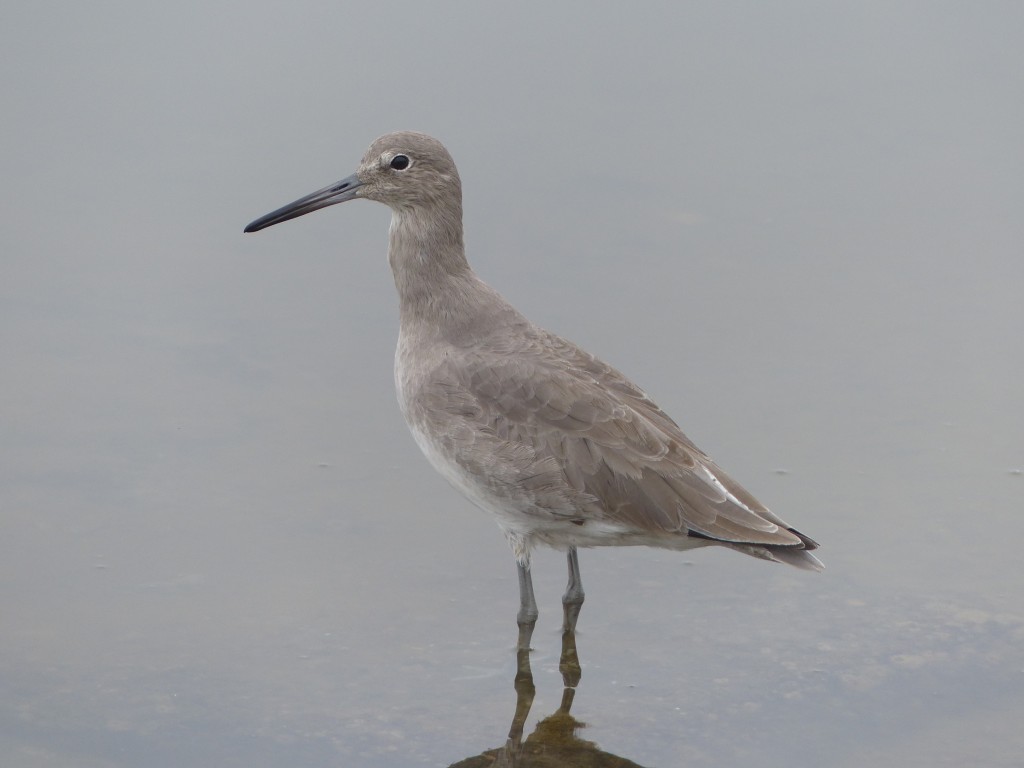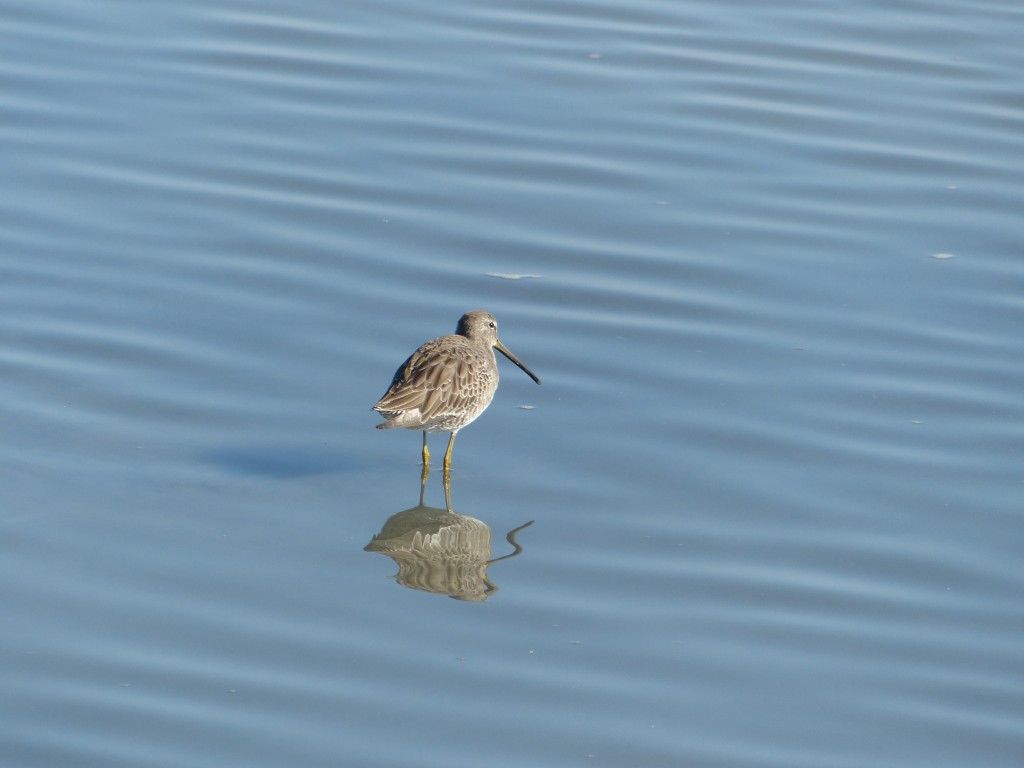Willets are the best birds for a good photo. Really. They pose so well one birder might even think that they are actually watching the people taking photos of them. Lucky for us we came across a Willet twice. That to the Willet posed for the camera. We got some awesome shots that would even put me in awe. They would be prime till the arrival of the new Great Blue Heron. A silent, soft bird, this bird is amazing. You can watch it when it poses on one leg sometimes (a neat Sandpiper trick.)
Unfortunately, you must lie down in the mudflats to get a good photo, which are probably covered in guano (actually, birds were sitting on a plant-covered island of Guano!), and scattered with half-eaten shells. (They probably have smelly meat inside.)
This, by far, is the latest post I have, but for now, watch out for the Northern Jacana.
Gallery
– Eastern Willet

